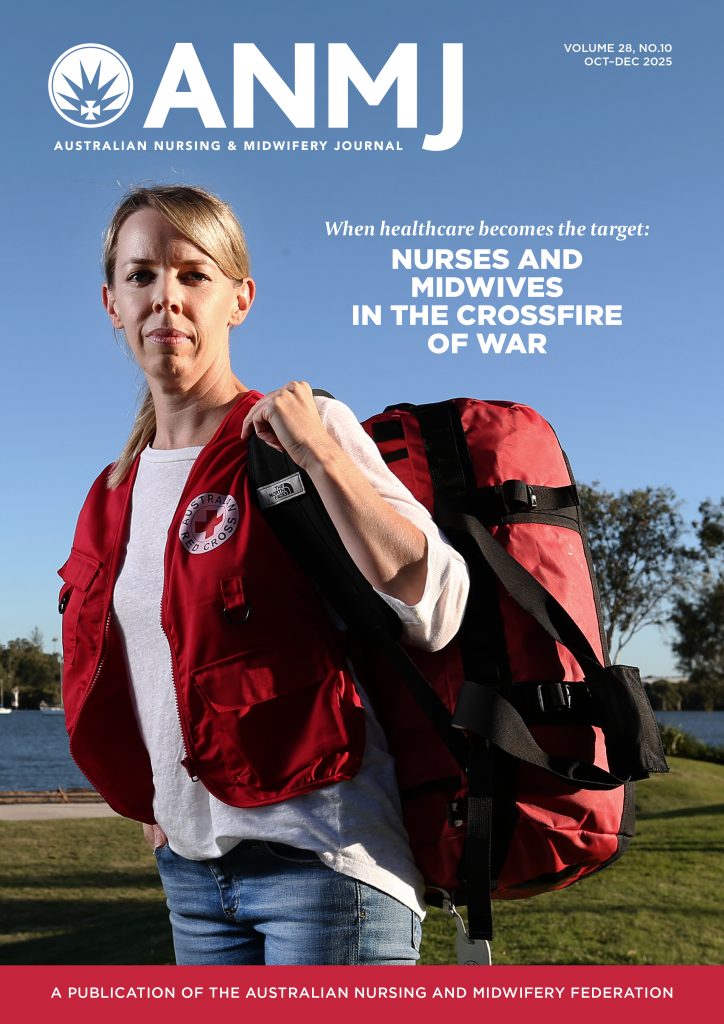The most frequent criticism concerning documentation made during an Inquest is the failure of practitioners to document care and decisions in the patient’s case notes.
Not only does this reduce effective communication, it often leads to adverse outcomes for the patient.
In the first case, a 42 year old woman committed suicide whilst detained in a mental health facility. A major concern was the lack of supervision the patient received whilst detained as it became apparent that she had left the ward on two previous occasions without staff missing her.
The third and final time she left followed a review by her MO who was concerned about her deteriorating mental health and asked that she be closely supervised. There was no documented evidence that this concern was communicated to the nursing staff, nor evidence of close supervision being provided.
The coroner described the case notes in relation to her treatment as ‘grossly inadequate’ and reflective of inadequate communication amongst the nursing staff about concerns over the patient’s safety.
The Coroner held the view that had there been appropriate documentation the patient would have been more closely supervised and wouldn’t have been able to leave the ward undetected.
The lack of relevant documentation as to her whereabouts was described as especially serious in the case of a detained patient (Inquest into the death of Sandra Sanders (2000) SA). Alterations in the patient’s case notes have also been questioned.
Whilst amendments and late entries can reflect accountable practice, amendments in the following cases raised concerns regarding the motivation to and purpose of the amendment.
The first Inquiry followed the death of a newborn baby from birth asphyxia (Inquest into the death of Samara Hoy (2011) Qld).
During the Inquest it became apparent that the midwife had accessed and altered the medical records after the coronial investigation had commenced recording a different timing of events. The Coroner questioned whether this action led to a false version of the events and an untruthful story.
Determining that the alteration was not to correct an inaccurate recording the Coroner concluded that the midwive’s actions could have been:
‘… calculated to mislead the police during an investigation and may amount to an attempt to pervert the course of justice … would have the tendency to frustrate … the course of curial or tribunal proceedings’ (p 22).
Finding this behaviour ‘totally unacceptable’, the matter was referred to the Director of Public Prosecutions for consideration as to whether an offence had been committed.
In the next case, the Coroner found that the patient ‘died as a result of a series of errors albeit lack of care on the part of the medical and nursing staff’ providing post-operative care following elective surgery.
Concerns over the alteration of notes included where the EN wrote over her original entries with a higher reading on each occasion in the observation chart – initially explained as an error due to unfamiliarity with the chart layout. However, the nurse was unable to explain why she repeatedly made the same error.
The EN also gave evidence that she had witnessed the RN remove pages from the case notes and asked her to copy them before he made alterations to the observations which were not disclosed to anyone (Inquest into the death of Christopher Hammett (2012) Qld).
Removing pages calls into question the integrity of the case notes.
In the Hoy case it became evident that the midwives involved in the incident made contemporaneous notes but didn’t include these in the medical file that was handed to the Coroner’s office – the Coroner concluded this was an endemic and totally unsatisfactory practice.
A failure to include patient assessments in their medical file, keeping them separately, has also been seen as reflective of a low standard of record keeping (Inquest into the death of Graham Rollbusch 2018).
This emerged as an issue in the Inquest into the death of Paula Schubert [2018] NT, where the treating practitioner made notes of his consultation with the patient in an old diary that didn’t always get transferred to the CCIS system and not contemporaneously.
The case manager who saw Paula weekly also didn’t include their notes on the system. These practices were in breach of the organisation’s Mental Health standard which required a contemporaneous written record of all consultations be made in the patient’s record.
Most practitioners provide sound documentation in the patient’s records that reflect their professional standards of care – however, a review of these cases serves to remind us of the impact poor documentation practices can have.
Linda Starr is an expert in the field of nursing and the law Associate Professor Linda Starr is in the School of Nursing and Midwifery at Flinders University in South Australia
To read part 1 of this article go to: https://anmj.org.au/the-coroners-court-extracting-tips-for-improved-documentation/







